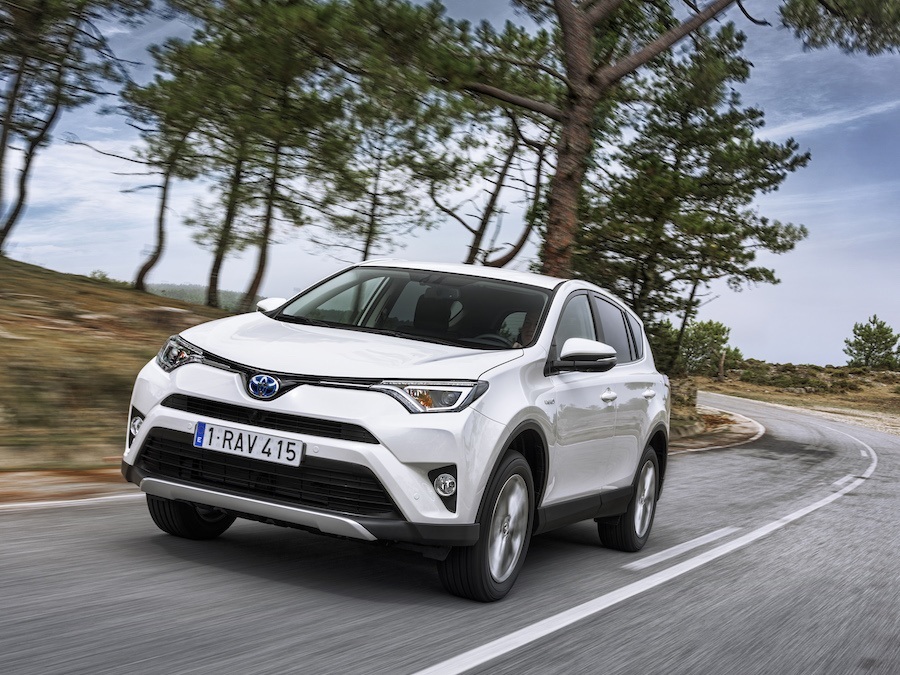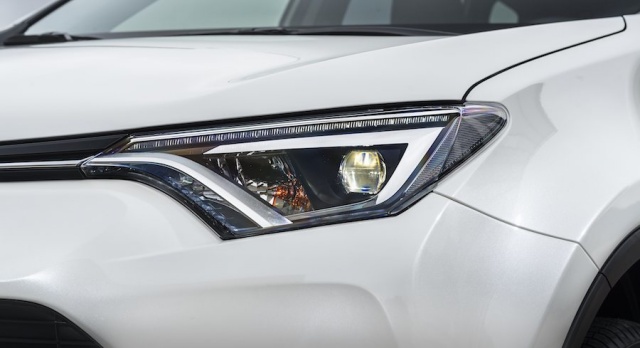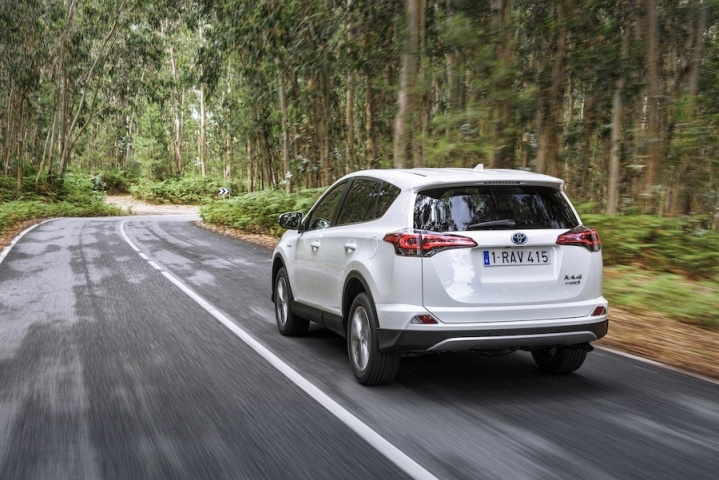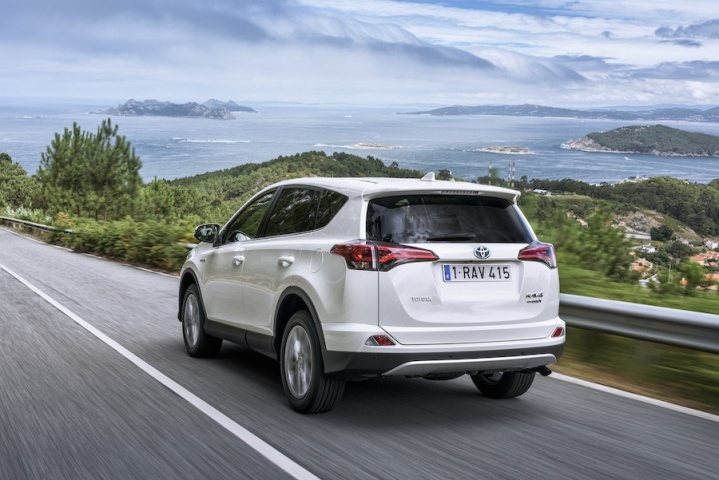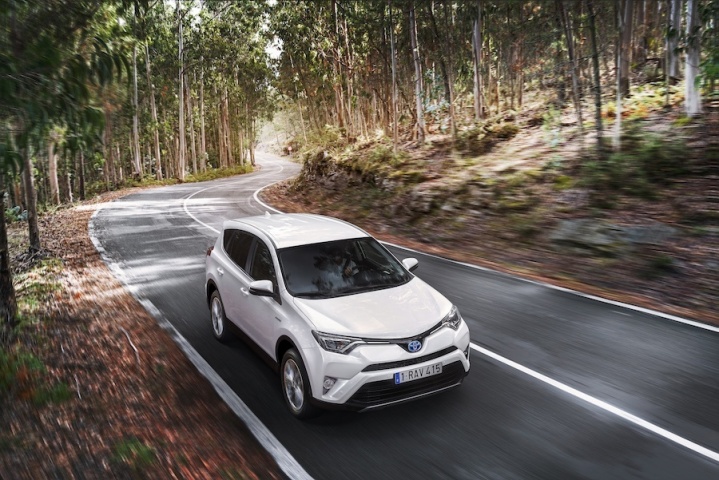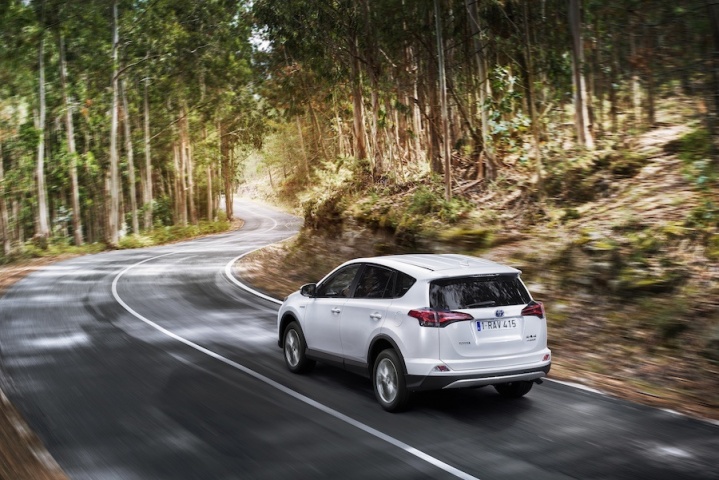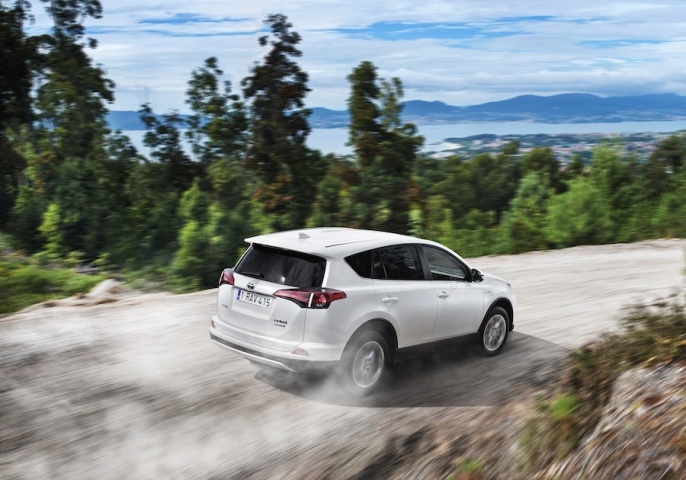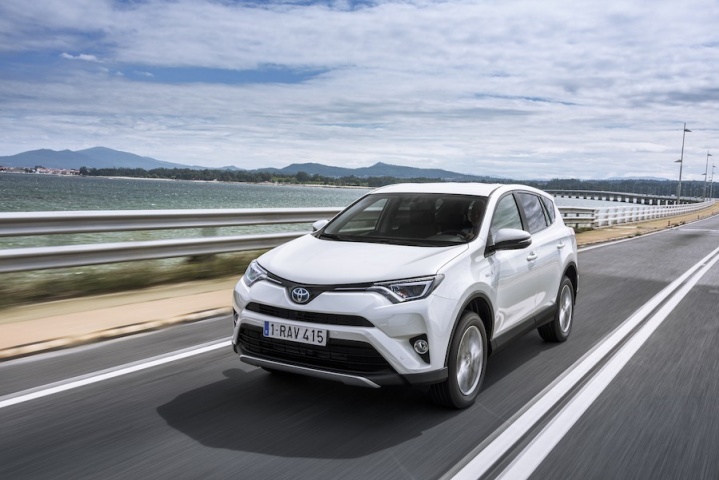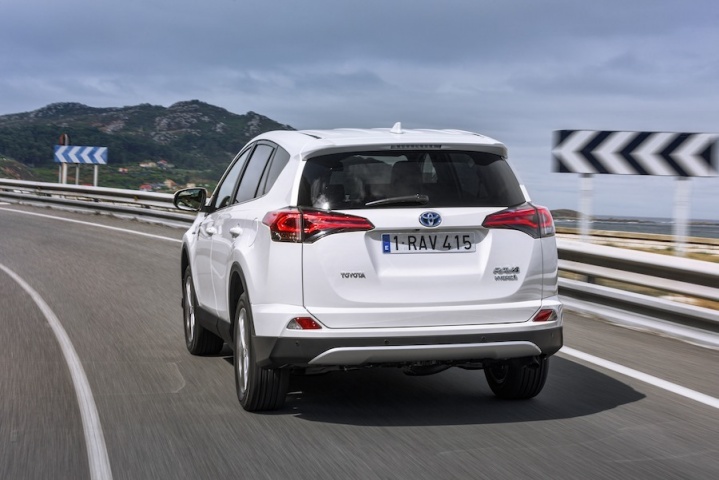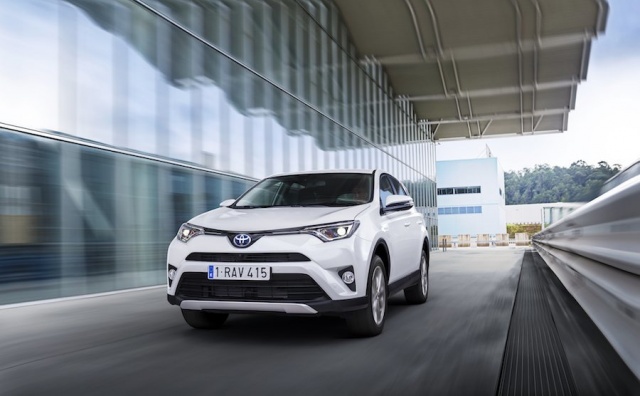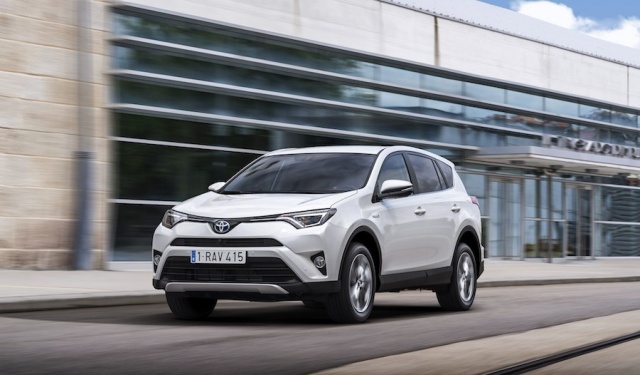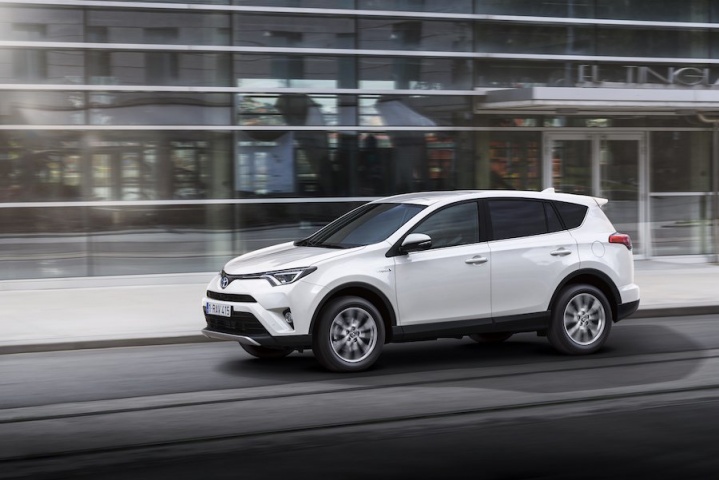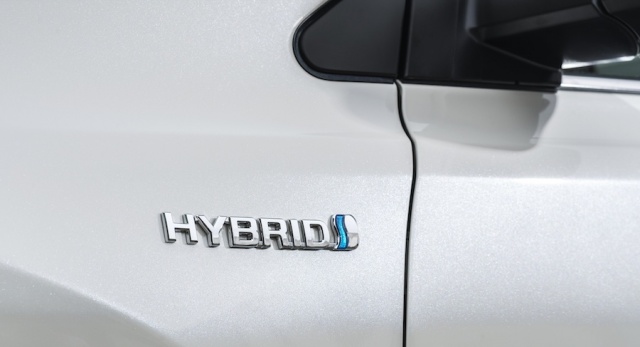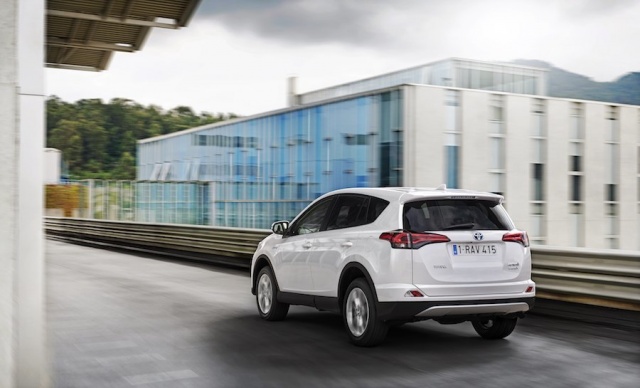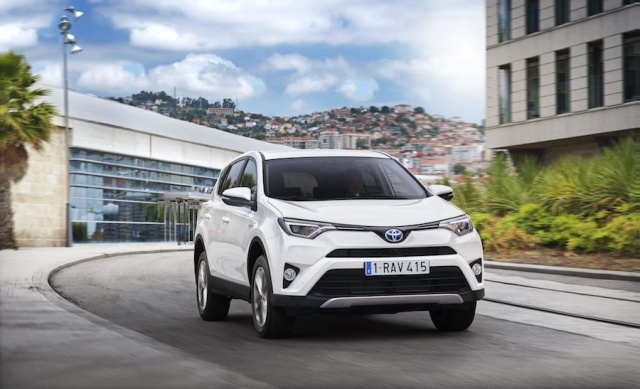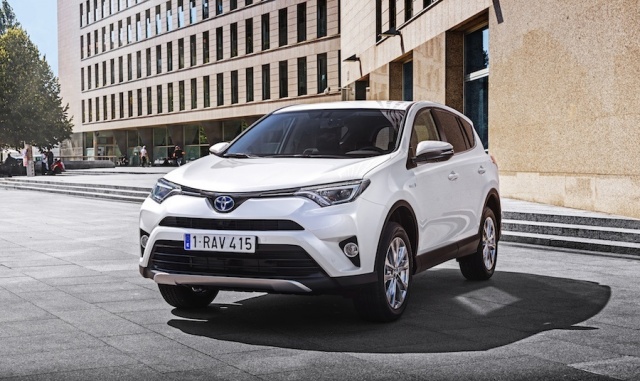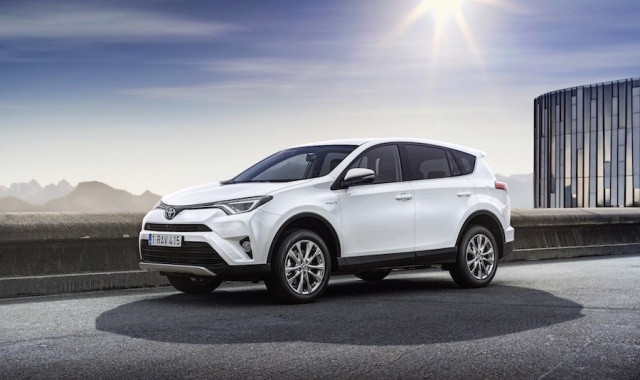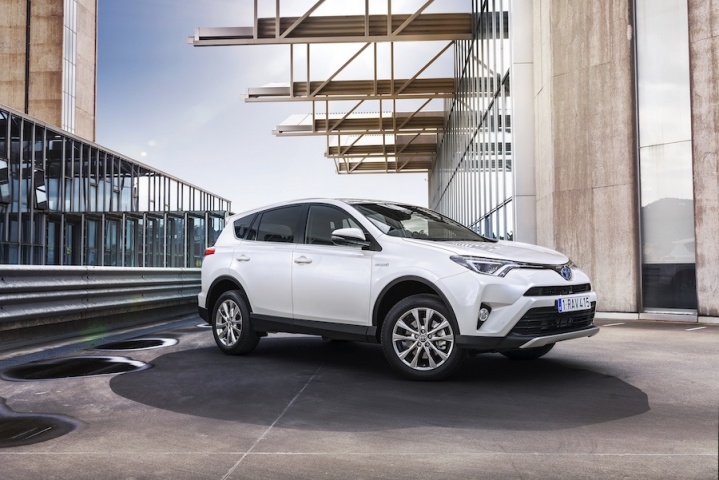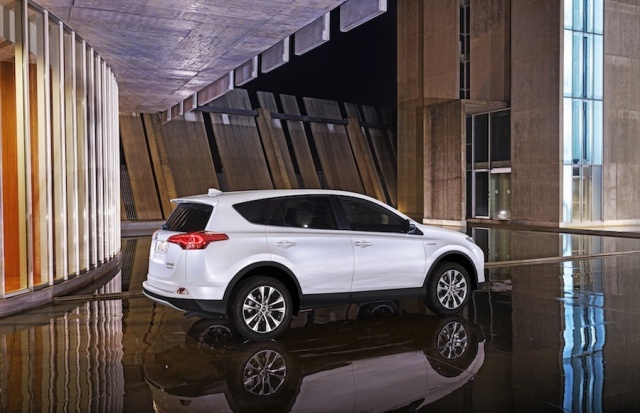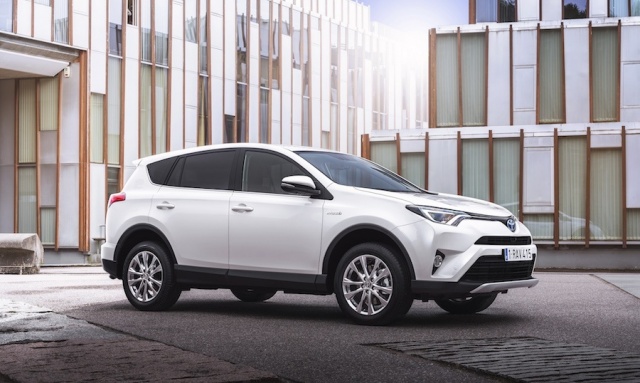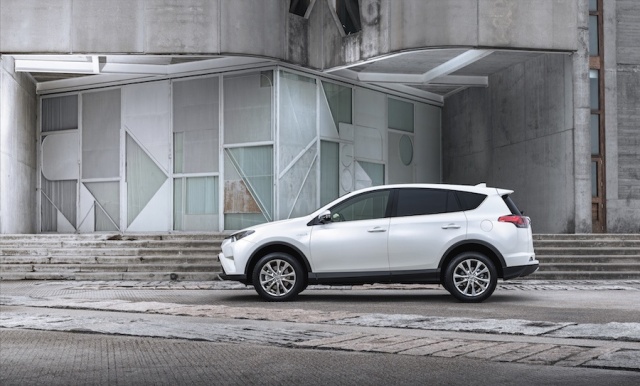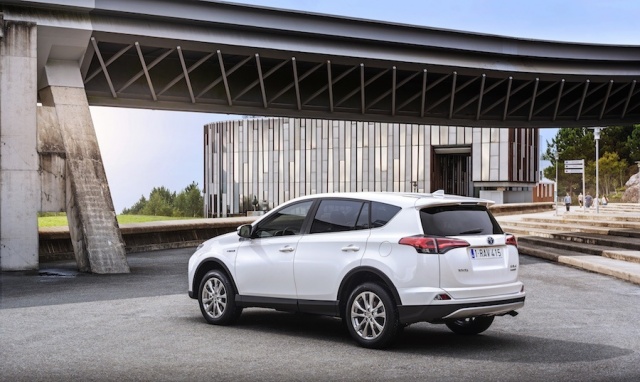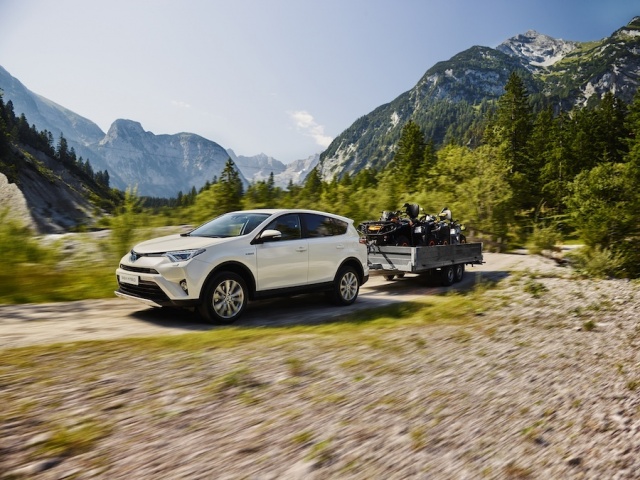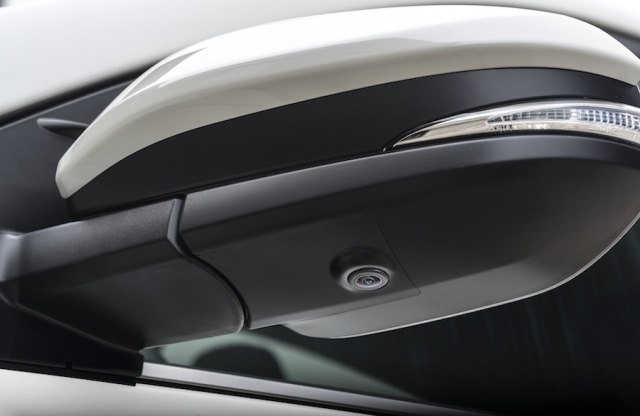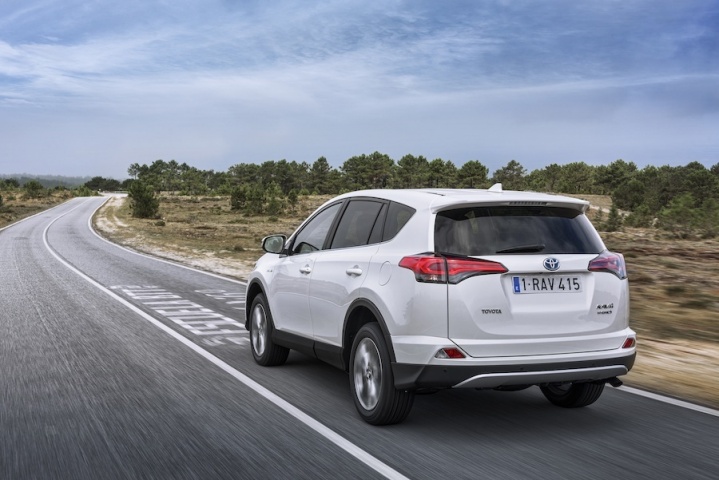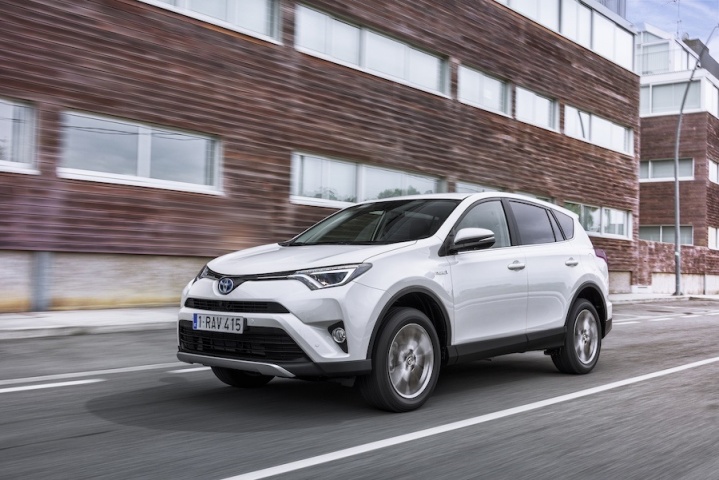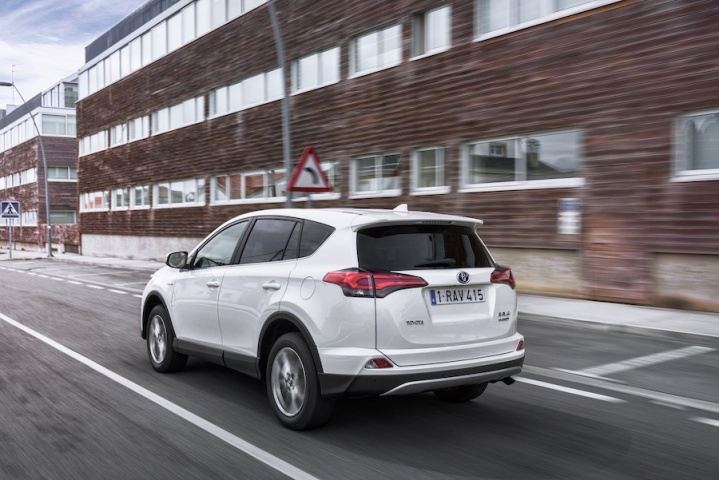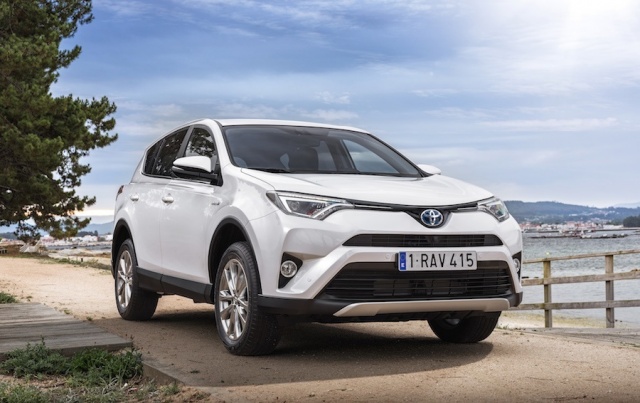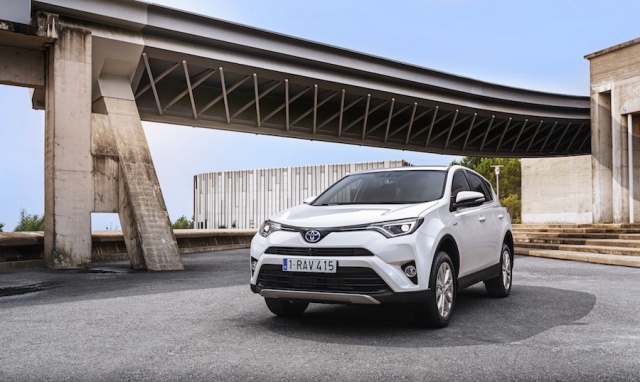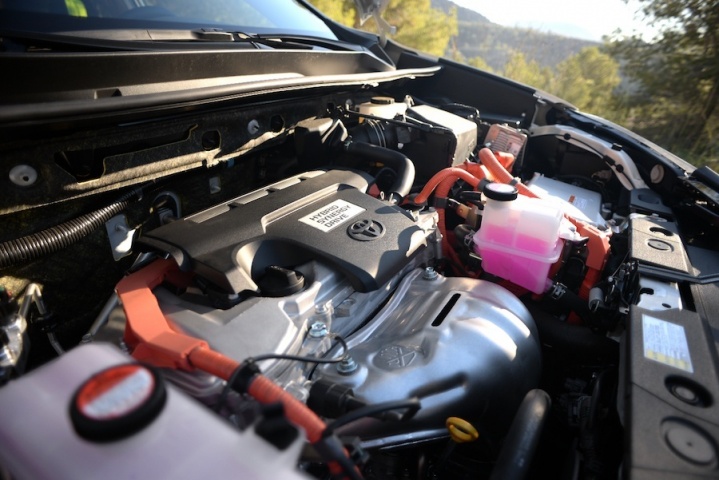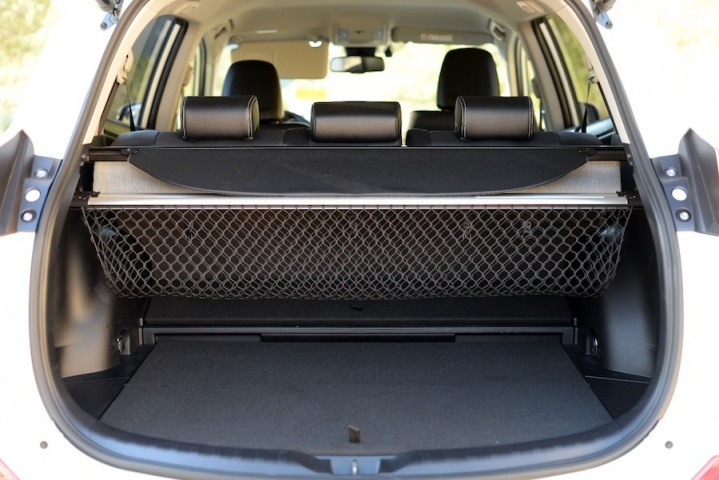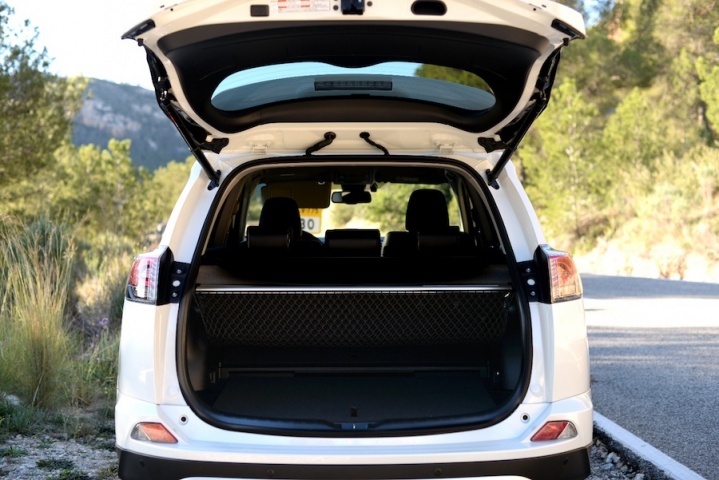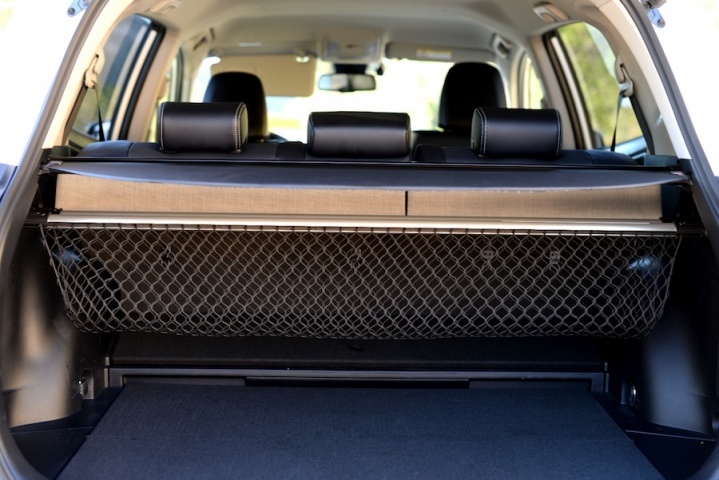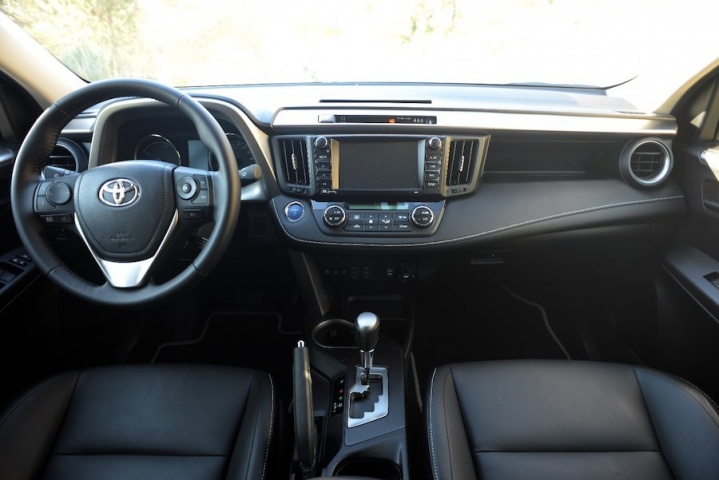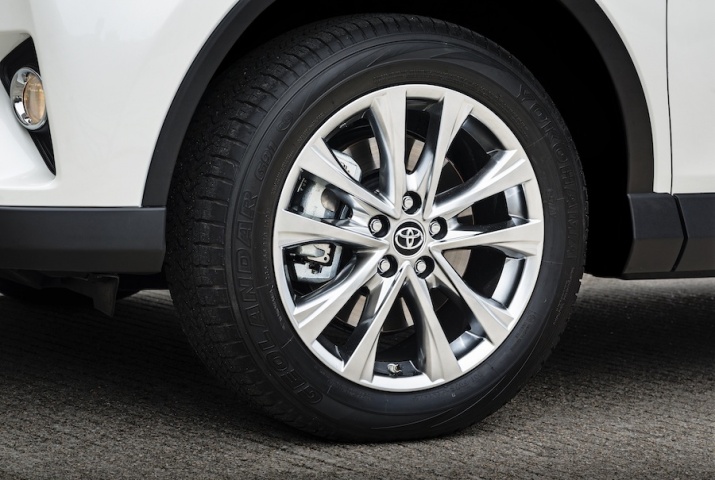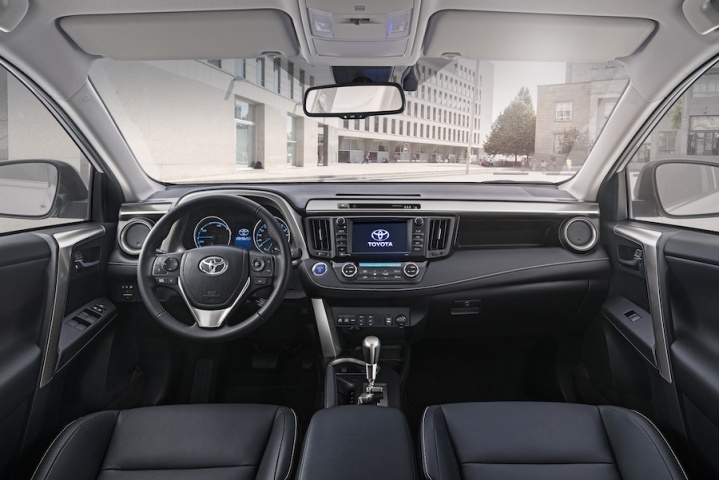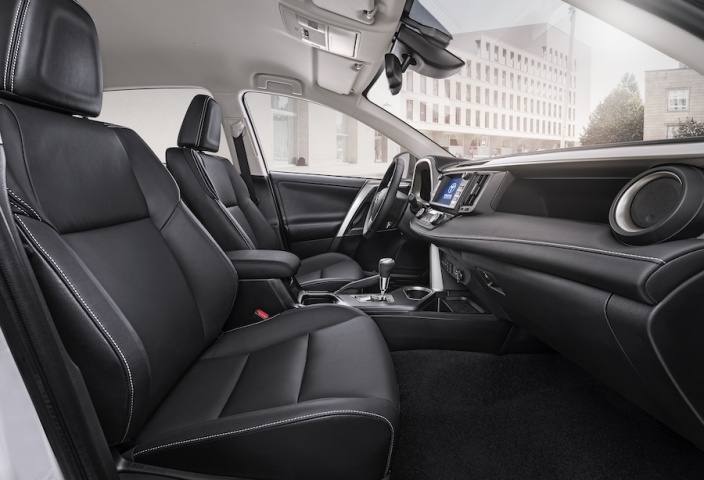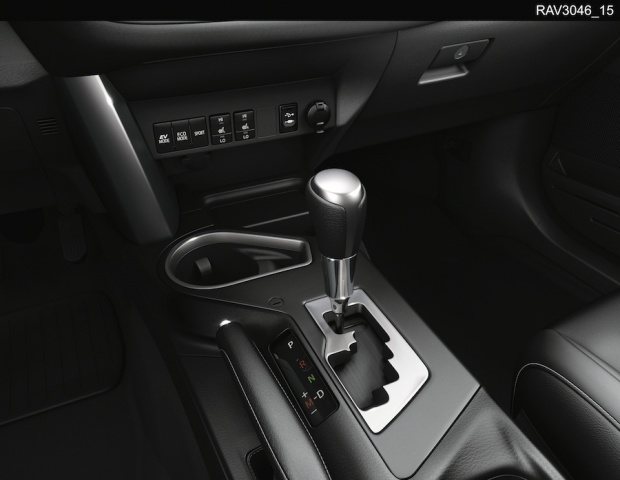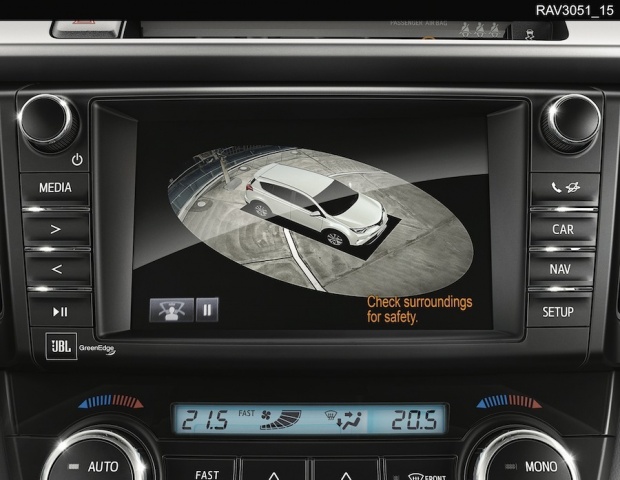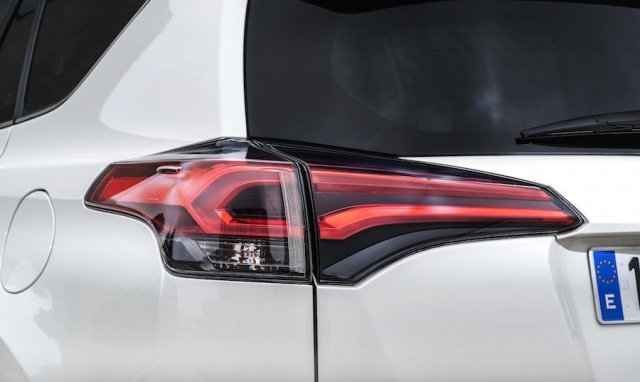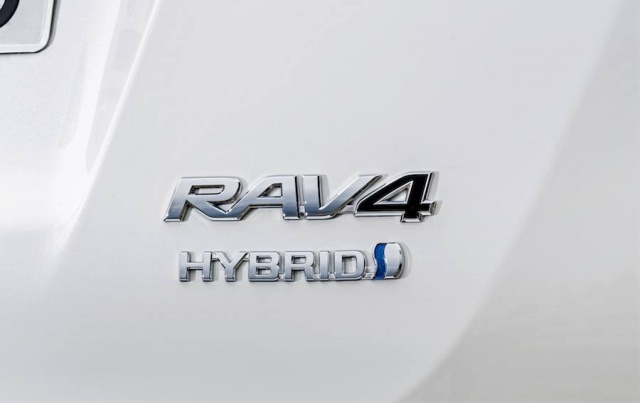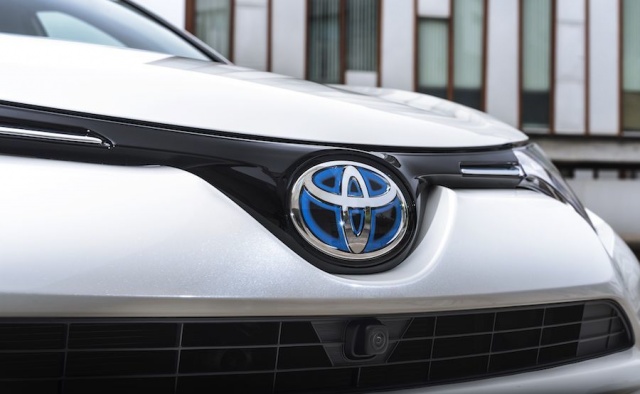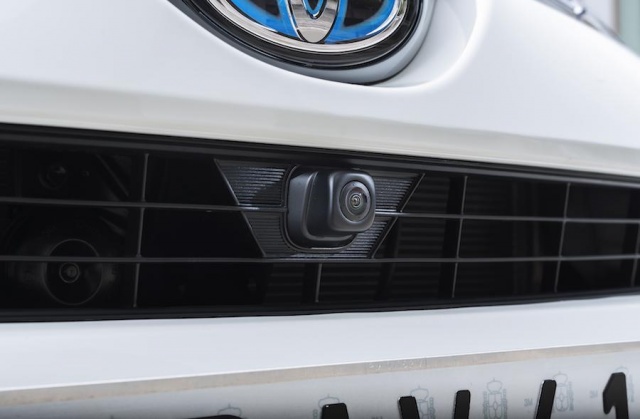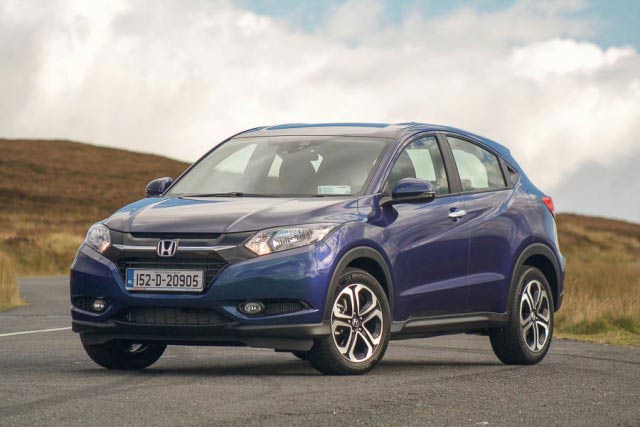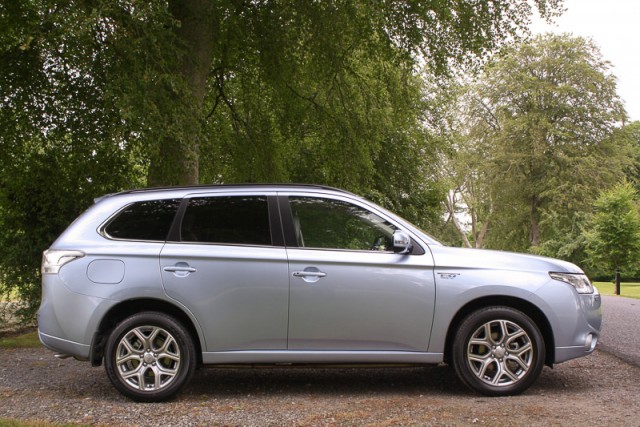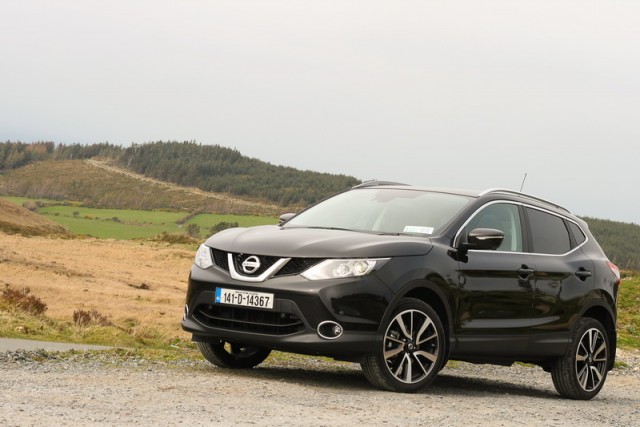It's midlife facelift time for the Toyota RAV4 SUV and there's a lot going on, as four-wheel drive and hybrid technology are also introduced for the 2016 model year. In theory, this all-wheel drive (AWD) RAV4 Hybrid should be an impressive machine, but - sharper new looks aside - we're left disappointed by the package.
In the metal
In an age where manufacturers hardly seem to bother changing anything on a particular model when it comes to facelift time, Toyota should be commended for actually making some significant alterations to the appearance of its RAV4 SUV. With its slimmer grille, (optional) LED-lit front end and revised rear light clusters, the overall effect works well at distinguishing the RAV4 from its immediate predecessor. It's in no way anonymous and for that the brand deserves plaudits.
The interior is not so successful, however. It feels solidly constructed and there's plenty of space for five adults plus a reasonable amount of clobber in the boot, but the multitude of different plastics used on the dashboard and door cards are invariably cheap and scratchy feeling, while there's something odd about the aesthetic that sees strong, straight horizontal lines merging with that strange bulge for the infotainment area of the dash. Some of the buttons are placed in semi-hidden locations, the gear lever for this version looks dated and there's an odd air vent arrangement centre top of the dash that just looks like an afterthought.
If you think we're being deliberately evasive about the RAV4 model in question, that's because this is another big development in the Toyota's life: this is the Hybrid version. Using running gear familiar from other Toyota and Lexus EVs, the RAV4 has a 2.5-litre Atkinson cycle normally aspirated four-cylinder petrol engine and - in all-wheel drive 'E-Four' format as tested here - not one but two AC synchronous electric motors; one at the front, and one on the rear axle. That means the fourth-generation RAV4 (which, lest we forget, originally stood for 'Recreational Active Vehicle Four-Wheel Drive') is, er... now four-wheel drive. The clever thing here is that, as with the BMW i8, there's no physical link between the two axles; software controls the electric motors to determine when the car is running in AWD.
Driving it
On paper, the RAV4 Hybrid looks phenomenal. The petrol produces 152hp and 206Nm, the electric motor at the front adds another 143hp and 270Nm, while the AWD's extra rear unit possesses a further 68hp and 139Nm. In theory, that means the AWD Toyota has access to a combined total of 363hp and 615Nm, but sadly of course things don't work out like that. Its peak power output is rated at 197hp (with no total system torque maximum quoted) and that figure applies to both the two-wheel drive and AWD Hybrid models. It still makes this the most powerful RAV4 yet offered in Europe, although after a few minutes at the wheel you'll wonder where all those horses are hiding.
This is not a quick car. A 0-100km/h time of 8.4 seconds might seem promising but it never feels as rapid as that, despite the meaty instant torque that electric motors always provide. Partly this is down to the electronic continuously variable transmission (E-CVT) that Toyota seems intent on foisting on all of its hybrids. Like any CVT, it does that dreadful trick of holding very high, constant rpm when asked for any meaningful acceleration and the racket the car kicks up as a result is nothing but unpleasant.
Then there's the chassis. Understeer arrives early to proceedings and the tyres soon begin hooting their displeasure when being asked to tackle a corner at relatively low speeds. That's OK though, because there's so much body roll that you won't want to try and drive it fast. Coupled to steering that's devoid of feel and brakes that are adequate, nothing more, there is nothing sporty about this SUV whatsoever, 197hp or otherwise.
Which isn't a major deal breaker, because for simply pootling about it's fine and that's what target buyers want from these mid-sized SUVs. At constant motorway velocity or when moving gently through towns and villages, the CVT and 2.5-litre engine at least die away to background noise levels, while tyre roar and wind noise are well suppressed. The suspension provides a comfortable ride and in essence, the RAV4 Hybrid is happiest if you've got an easy-going nature.
The thing is, there are a lot of rivals in this class that can do 'regular' driving just as well, if not better, while also throwing in a bit of excitement for the keener driver. While the RAV4 Hybrid makes sense for fleet managers, business users and those confined to town driving, you're probably better off sticking with the diesel model if you're a private buyer.
What you get for your money
The Hybrid, even in front-wheel drive format and its lowliest Luna trim, is more expensive - at €37,950 - than a fully loaded 2.0 D-4D Sol RAV4. Opt for the AWD model as tested here and that breaches the 40 grand barrier in Luna trim. So it's not cheap. The on-paper stats suggest an economical car, by the standards of large-ish petrol SUVs, but actually 55.4mpg (5.1 litres/100km) and 118g/km CO2 for the AWD model are not numbers to celebrate. Even the front-wheel drive Hybrid only improves marginally, to 57.6mpg (4.9 litres/100km) and 115g/km, but that doesn't alter the Band A4 road tax rating and it's still less economical than the D-4D model. Perhaps most crucially, it's a long way off something like the Mitsubishi Outlander PHEV, for instance - and in reality we saw 7.5 litres/100km (37.7mpg) from the Toyota during our mostly sedate test drive in Spain. That's not great.
At least you get a lot of kit on the Hybrid Luna, such as keyless entry and go, 17-inch alloys, cruise control, a powered tailgate, dual-zone climate control and Toyota's Touch 2 infotainment system. Hybrid Luna Sport adds 18-inch wheels and heated front seats, while the Sol also includes all-round parking sensors and a leather interior. One thing to note from the aspect of practicality: the Hybrid's ancillaries reduce boot space, from 547/1,735 litres on the diesel model to 501/1,633 litres here.
Summary
Toyota is not about to abandon its hybrid programme now, given that eight million of the things have been sold by the marque globally. Therefore, adding a Hybrid to the fourth-generation RAV4 range was an inevitability and the result is a perfectly competent, reasonably attractive car that seems to offer decent running costs. The reality, though, is that the awful CVT gearbox, underwhelming chassis, poor real-world economy returns and the expense of the RAV4 Hybrid rather torpedo its whole case, certainly when held up against its diesel sibling. If you like the look of the new Toyota RAV4 then choose the D-4D instead.

